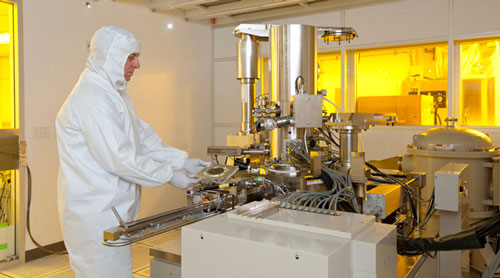 Stanford has significantly upgraded its nanotechnology research with a new Nano Center, providing faculty with some of the world's best nanoscale research facilities.
Stanford has significantly upgraded its nanotechnology research with a new Nano Center, providing faculty with some of the world's best nanoscale research facilities.
Mar 24th, 2011
Read more
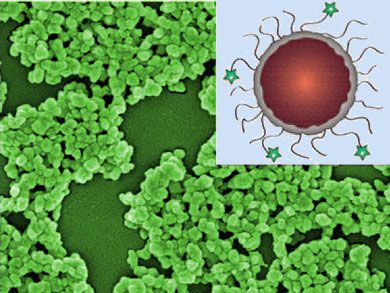 Scientists have introduced a novel contrast agent that marks tumor cells in vitro. The dye is a phosphorescent ruthenium complex incorporated into nanoparticles of a metal-organic coordination polymer, which allows an extraordinarily high level of dye loading.
Scientists have introduced a novel contrast agent that marks tumor cells in vitro. The dye is a phosphorescent ruthenium complex incorporated into nanoparticles of a metal-organic coordination polymer, which allows an extraordinarily high level of dye loading.
Mar 23rd, 2011
Read more
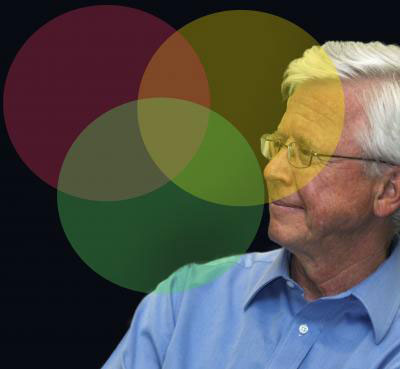 A highly sensitive sensor that combines a variety of testing means (electrochemistry, spectroscopy and selective partitioning) into one device has been developed at the University of Cincinnati. It's already been tested in a variety of settings - including testing for components in nuclear waste.
A highly sensitive sensor that combines a variety of testing means (electrochemistry, spectroscopy and selective partitioning) into one device has been developed at the University of Cincinnati. It's already been tested in a variety of settings - including testing for components in nuclear waste.
Mar 23rd, 2011
Read more
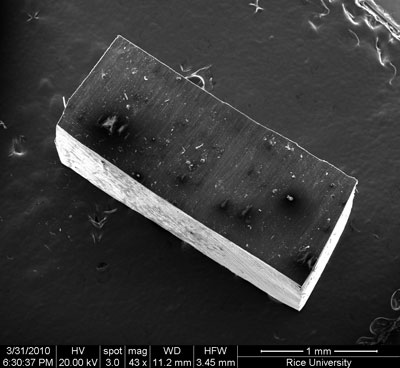 Researchers at Rice University have created a synthetic material that gets stronger from repeated stress much like the body strengthens bones and muscles after repeated workouts.
Researchers at Rice University have created a synthetic material that gets stronger from repeated stress much like the body strengthens bones and muscles after repeated workouts.
Mar 23rd, 2011
Read more
A Syracuse University chemist has developed a way to use very low frequency light waves to study the weak forces (London dispersion forces) that hold molecules together in a crystal. This fundamental research could be applied to solve critical problems in drug research, manufacturing and quality control.
Mar 23rd, 2011
Read more
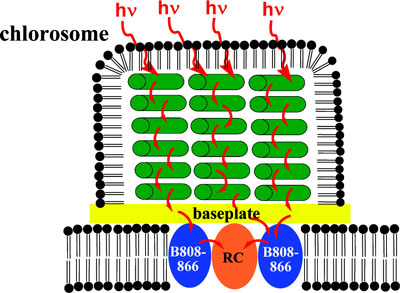 Structural studies of some of nature's most efficient light-harvesting systems are lighting the way for new generations of biologically inspired solar cell devices. Researchers from Washington University in St. Louis and the Department of Energy's Oak Ridge National Laboratory used small-angle neutron scattering to analyze the structure of chlorosomes in green photosynthetic bacteria.
Structural studies of some of nature's most efficient light-harvesting systems are lighting the way for new generations of biologically inspired solar cell devices. Researchers from Washington University in St. Louis and the Department of Energy's Oak Ridge National Laboratory used small-angle neutron scattering to analyze the structure of chlorosomes in green photosynthetic bacteria.
Mar 23rd, 2011
Read more
Building on the success of the past two years, the N.C. Office of Science and Technology will host the 2011 N.C. Nanotechnology Commercialization Conference at the UNC Charlotte Barnhardt Student Center on March 29-30. The third annual conference brings together entrepreneurs, business leaders, researchers, and investors to accelerate the commercialization of nanotechnology and drive economic development.
Mar 23rd, 2011
Read more
A recently patented adhesive made by Kansas State University researchers could become a staple in every astronaut's toolbox. The patent, "pH dependent adhesive peptides", covers an adhesive made from peptides -- a compound containing two or more amino acids that link together -- that increases in strength as moisture is removed.
Mar 23rd, 2011
Read more
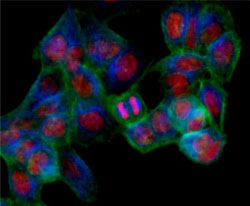 Scientists at the European Molecular Biology Laboratory (EMBL) and the German Cancer Research Centre (DKFZ) in Heidelberg in Germany have developed a method to uncover the combined effects of genes. The method should help scientists understand how different genes can amplify, cancel out or mask the effects of each other.
Scientists at the European Molecular Biology Laboratory (EMBL) and the German Cancer Research Centre (DKFZ) in Heidelberg in Germany have developed a method to uncover the combined effects of genes. The method should help scientists understand how different genes can amplify, cancel out or mask the effects of each other.
Mar 23rd, 2011
Read more
FutureMed, an executive program for physicians, healthcare executives, innovators and investors focused on exploring the impact of rapidly developing technologies on the future of health and biomedicine, is being held May 10-15 at Singularity University on the NASA-Ames Research Park in Silicon Valley.
Mar 22nd, 2011
Read more
The new Center for Biophotonic Sensors and Systems (CBSS) is one of 50 such cooperative research center awards across the country and the only center focused on biophotonic sensors.
Mar 22nd, 2011
Read more
A Pitt and Carnegie Mellon team developed a new model of how self-repairing materials function and show that materials with a certain number of easily breakable bonds can absorb more stress, a natural trick found in the resilient abalone shell.
Mar 22nd, 2011
Read more
Leveraging specificity of life's genetic-code molecule for rational bottom-up design.
Mar 22nd, 2011
Read more
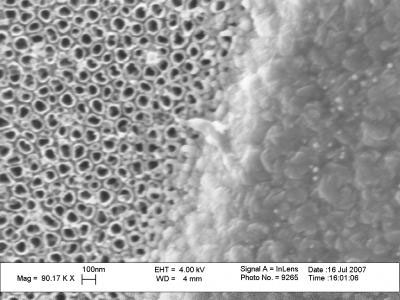 Researchers at Brown may have come across the right formula to deter bacterial migrants. The group reports two ways in which it modified the surface of titanium leg implants to promote skin cell growth, thereby creating a natural skin layer and sealing the gap where the device has been implanted into the body. The researchers also created a molecular chain to sprinkle skin-growing proteins on the implant to hasten skin growth.
Researchers at Brown may have come across the right formula to deter bacterial migrants. The group reports two ways in which it modified the surface of titanium leg implants to promote skin cell growth, thereby creating a natural skin layer and sealing the gap where the device has been implanted into the body. The researchers also created a molecular chain to sprinkle skin-growing proteins on the implant to hasten skin growth.
Mar 22nd, 2011
Read more
Catalysts made of carbon nanotubes dipped in a polymer solution equal the energy output and otherwise outperform platinum catalysts in fuel cells, a team of Case Western Reserve University engineers has found.
Mar 22nd, 2011
Read more
Toyohashi Tech researchers develop an innovative infrared photodetector exploiting 'plasmon resonance' at the surface of gold nanorods, which enhances the density of photoelectrons excited over the Schottky barrier. This technology shows potential as the basis for the development of high efficiency infra-red photodetectors for optical communications systems.
Mar 22nd, 2011
Read more
 Stanford has significantly upgraded its nanotechnology research with a new Nano Center, providing faculty with some of the world's best nanoscale research facilities.
Stanford has significantly upgraded its nanotechnology research with a new Nano Center, providing faculty with some of the world's best nanoscale research facilities.






 Subscribe to our Nanotechnology News feed
Subscribe to our Nanotechnology News feed